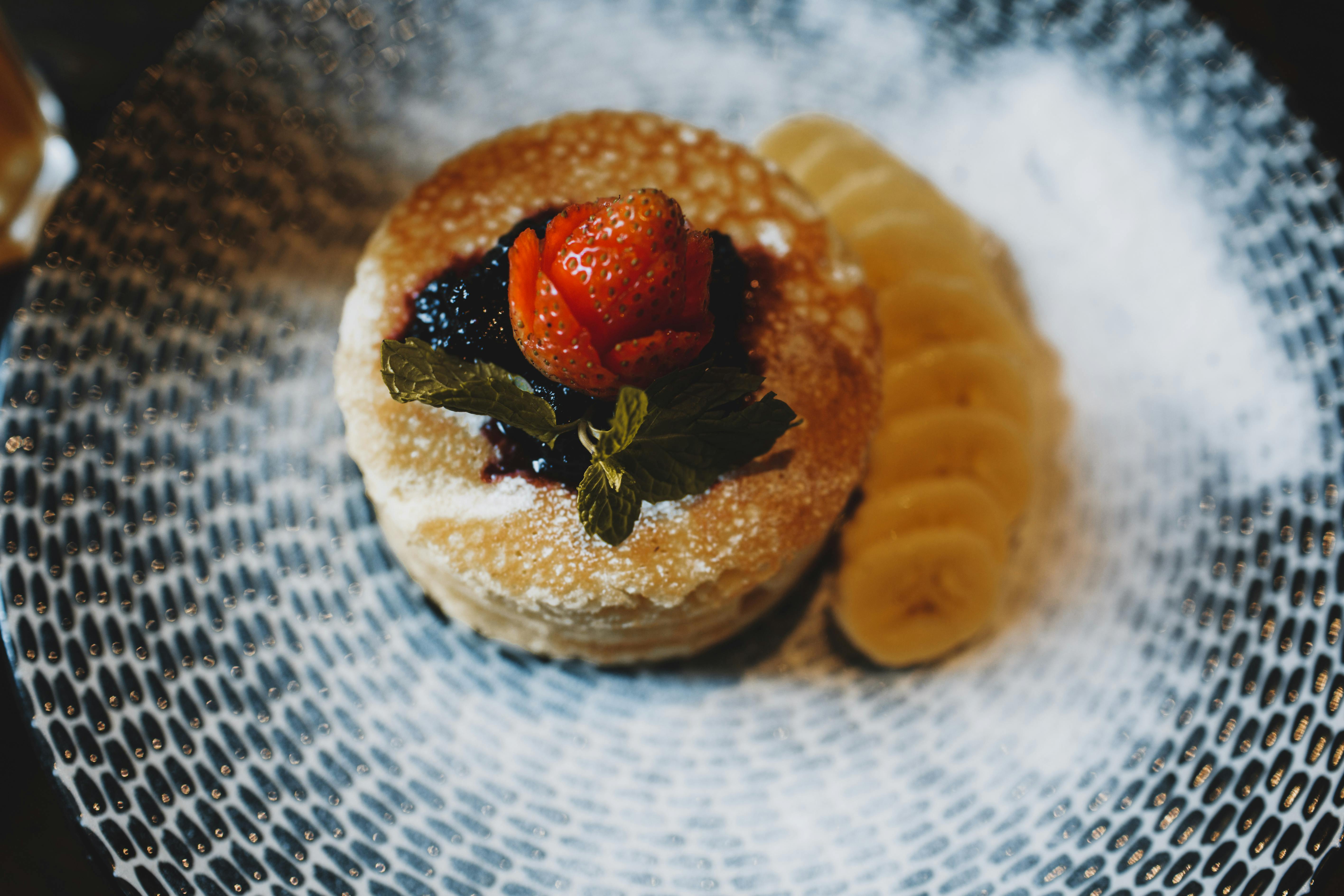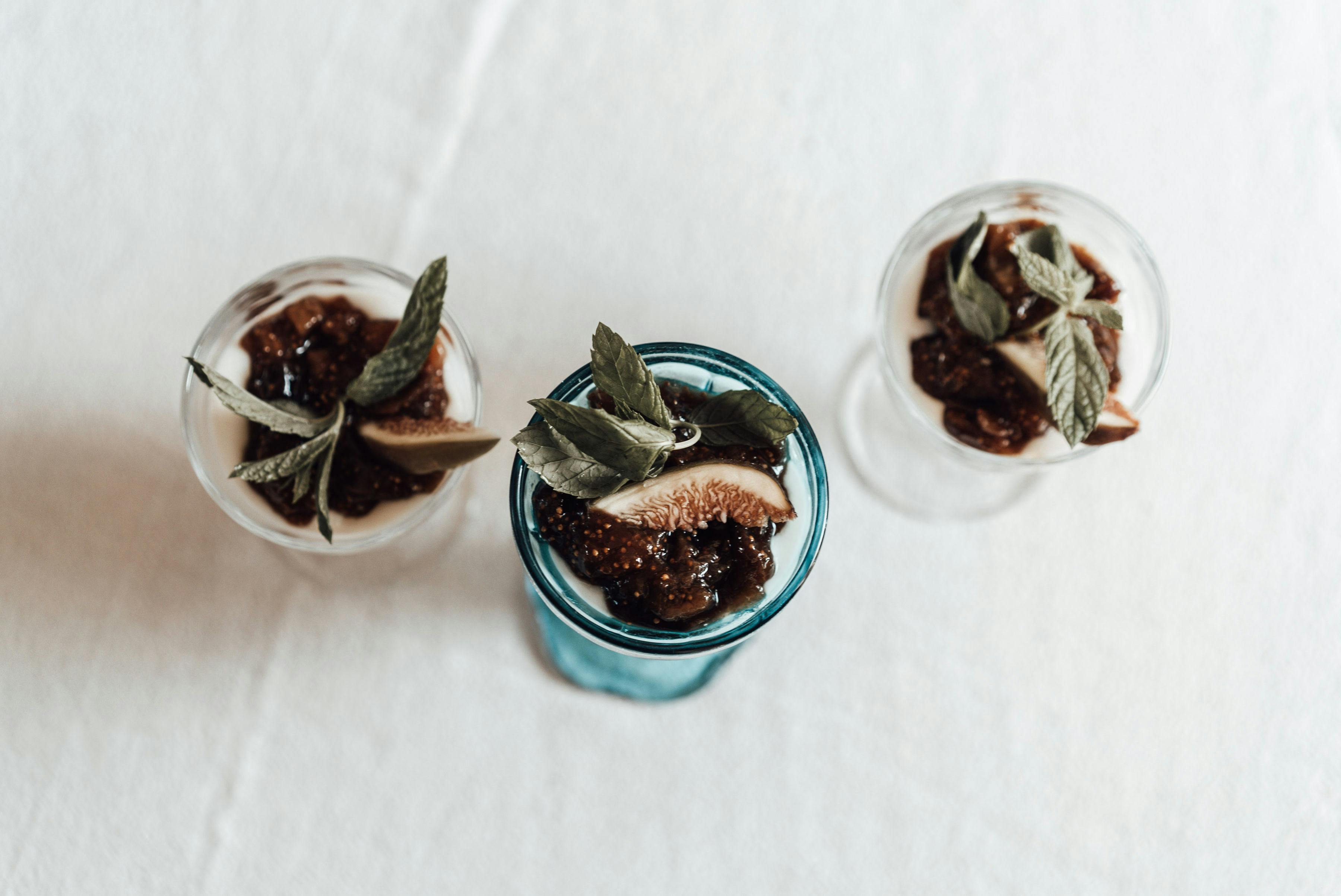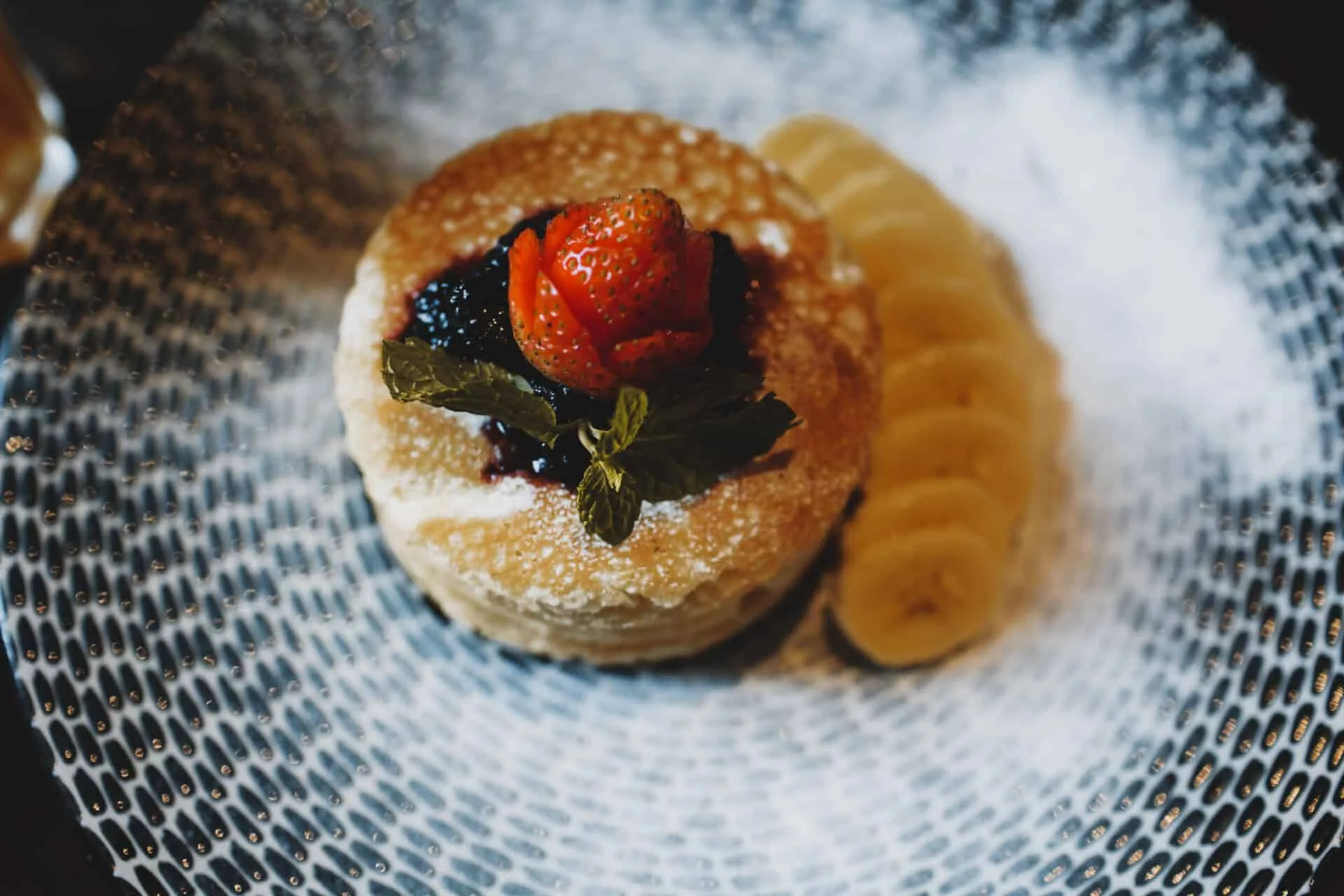Making jam from frozen fruit is a great way to enjoy the taste of fresh fruit all year round. Not only is it delicious, but it’s also easy to make and can be enjoyed in many different ways. With just a few simple ingredients, you can create a tasty spread that can be used on toast, pastries, and more. In this guide, you will learn how to make jam from frozen fruit with a few simple steps.To make jam from frozen fruit, you will need the following items: frozen fruit of your choice, sugar, lemon juice, pectin, and a large pot. You will also need a wooden spoon, a ladle or measuring cup for pouring the jam into jars, and sterilized jars with lids for storing the finished product.
Preparing the Fruits for Jam
Before making any type of jam, the fruits must first be prepared for the recipe. The process of preparing the fruits can vary depending on the type of fruit being used. For instance, if using peaches or apricots, they should be peeled and pitted before adding them to the jam mixture. Berries and other small fruits do not need to be peeled but should still be rinsed and dried before being added to the recipe. Any bruised or damaged pieces of fruit should be discarded as they will affect the flavor of the jam.
Once all of the fruit is prepared it should then be cut into small pieces so that it can cook evenly in the recipe mixture. The size of these pieces is up to you but for most jams, it is best to cut them into small cubes or slices that are roughly 1/4 inch thick. If you are using a food processor for this task, make sure not to over-process or blend it too much as this could cause your jam to become too runny. Also, if using citrus fruits such as oranges or lemons, make sure to remove any seeds or pith before cutting them up as these can also affect the flavor of your jam.
Now that your fruit is ready for use in your recipe, you can move on to making your delicious homemade jam!
Boiling the Fruit for Jam
Boiling the fruit for jam is an important step in the canning process. It helps to break down the structure of the fruit and release its natural sugars, making it easier to turn into jam. The exact time and temperature will depend on what type of fruit you are using, but in general, it should be boiled for 10-15 minutes at a temperature of 100 degrees Celsius. During this time, you will need to stir the fruit constantly to ensure that it doesn’t stick to the bottom of the pot. Once done, strain off any excess liquid from the cooked fruit. This can then be used as a base for your jam.
When boiling your fruit for jam, it is important that you monitor it closely and do not overcook it. Overcooking can cause your jam to become too thick or gummy and can also reduce its flavour. After boiling, some recipes may require you to mash or puree the cooked fruit before adding additional ingredients such as sugar or pectin. This will help produce a smoother consistency in your finished product.
Adding Sweetener to Jam Recipe
Making jam is a great way to utilize seasonal fruits. Whether it’s strawberry, raspberry, or peach, jams can be used in various recipes or simply enjoyed on toast. If you’re looking to make your own jam, you may be wondering if you need to add any sweetener.
When making jam, the goal is to achieve the right balance of sweetness and tartness. Most jams contain some kind of sweetener such as sugar or honey. The amount of sweetener you should use depends on the type of fruit being used and the desired taste. For example, tart fruits like cranberries will require more sweetener than sweeter fruits like peaches.
It is important to note that adding too much sweetener can lead to a jam that is overly sweet and not very flavorful. Additionally, too much sugar can inhibit the growth of beneficial bacteria needed for fermentation and spoilage prevention. As a general rule of thumb, it is recommended that no more than one cup of sugar is added per four cups of fruit being used for the jam recipe.
When adding sweetener to a jam recipe, it is important to start with a small amount and then adjust according to taste. This will allow you to get the right balance between sweetness and tartness without adding too much sugar or other sweeteners. Feel free to experiment with different types of sweeteners such as honey, maple syrup, agave nectar, and brown sugar in order to find what works best for your particular recipe!
In conclusion, when making jam at home it is important to consider how much sweetener should be added in order for it to have the desired taste. Be sure not to add too much sugar as this can inhibit fermentation and spoilage prevention while also resulting in an overly-sweet finished product. Start with a small amount and adjust according to personal preference for best results!
Adding Spices and Other Ingredients to Jam
Making jam with spices and other ingredients can add a unique flavor to your preserves. Adding spices and other ingredients can also help create interesting texture combinations. Spices like cinnamon, nutmeg, allspice, and cloves can be added to give your jam a warm flavor. You can also use herbs like rosemary, thyme, or oregano for a more savory flavor. Other ingredients such as dried fruit, nuts, chocolate chips, or citrus zest can be added to give your jam more of a gourmet touch.
When adding spices or other ingredients to your jam, it’s important to keep in mind that each ingredient has its own unique flavor and should be used sparingly. Start with just a small amount of the spice or ingredient that you’re adding and taste the jam before adding more. This way you can avoid overpowering the flavor of the fruit in your preserves. Additionally, it’s best to use whole spices rather than ground spices since they will impart more flavor into your jam without having an overly strong taste.
When adding dried fruit to your jam, make sure it is chopped into small pieces so that it will evenly disperse throughout the preserve. Nuts should also be chopped into small pieces for the same reason. If you’re using citrus zest in your jams or jellies, make sure that you only use organic fruit since conventional citrus may contain waxes or other preservatives that could interfere with setting up properly. When adding chocolate chips or other sweeteners to your preserves, start with just a small amount and add more if needed for desired sweetness level.
Overall, there are many different types of spices and ingredients that you can add to your jams and jellies for an extra special touch. Experimenting with different flavors is part of the fun of making homemade preserves!

Gathering the Ingredients
Making jam is a great way to preserve fruits and enjoy them all year round. Before you begin, you’ll need to gather the necessary ingredients. You will need fresh fruit, sugar, pectin, and lemon juice. Depending on what type of jam you’re making, you may also need other ingredients such as spices or citric acid. Make sure to have enough of each ingredient for the recipe so that your jam turns out just right.
Preparing the Fruit
Once you have all your ingredients ready, it’s time to prepare the fruit. Start by washing the fruit thoroughly and then cutting it into small pieces. You can use a food processor or a blender if you want the pieces to be even smaller. Once everything is chopped up, set aside for later use.
Cooking the Jam
Now that all your ingredients are ready, it’s time to start cooking! Start by combining all of your ingredients in a large pot and bring everything to a boil over medium-high heat. Once boiling, reduce the heat and let simmer for about 20 minutes or until the mixture has thickened. Stir occasionally while cooking so that nothing sticks to the bottom of the pot. When finished cooking, turn off heat and let cool before transferring into jars or containers for storage.
Testing the Consistency of Your Jam
Knowing the consistency of your jam is essential for achieving the perfect texture and flavor. The consistency of your jam is determined by its sugar content, so you must test it to make sure it’s just right. To do this, you’ll need a few simple tools: a kitchen thermometer, an instant-read thermometer, and a few jars or containers for testing.
Start by taking a sample of your jam and placing it in one of the jars. Take the temperature with a kitchen thermometer and record it. Then, take another sample and place it in one of the containers. Let this sample cool to room temperature before taking its temperature with an instant-read thermometer. Compare these two readings to determine if your jam is at the desired sugar level.
If you find that your jam is too thick or too thin, you can adjust its consistency by adding more sugar or liquid respectively. Start with small amounts and test again until you reach the desired consistency. Adding too much sugar or liquid at once can lead to an inconsistent texture and flavor in your jam.
When you’re satisfied with the consistency of your jam, cool it down before storing it in sterilized jars for later use. This will ensure that your jam remains fresh and flavorful for months to come!
Once your jam is ready, don’t forget to label it with information such as batch number, date made, ingredients used, etc., so that you can easily identify each jar later on. Labeling your jars also helps keep track of any changes that have been made during different batches so that future batches can be replicated if needed.
Testing the consistency of your jam is an important step in making sure that it turns out perfectly every time! With a few simple tools and careful observation, you can ensure that each batch tastes exactly like what you intended – sweet success!
Making the Jam
Making jam is an easy and fun process that can be enjoyed by all. The first step is to select the type of fruit you wish to use and gather all of the necessary ingredients. Depending on what type of jam you are making, you may need sugar, pectin, and any other flavorings or spices you wish to add. Once all of the ingredients are gathered, it is time to start cooking. Begin by heating up the fruit in a pot or saucepan with some water and stirring until it has softened. Once softened, add in any additional ingredients such as sugar and pectin and mix everything together thoroughly. Cook the mixture for a few minutes until it has thickened up into a jam-like consistency, stirring constantly to avoid burning it. Once done, remove from heat and let cool before transferring to jars or containers for storage.
Cooling and Storing the Jam
Once the jam has cooled completely, it’s time to transfer it into jars or containers for storage. Start by sterilizing your jars or containers by boiling them for about 10 minutes before taking them out of the boiling water with tongs. Carefully spoon your jam into each container, leaving some space at the top so that it doesn’t overflow when sealed. Once filled, place lids on each jar or container and seal tightly. Finally, label each jar with its contents and date so that you can keep track of when your jams were made. Store them in a cool dry place away from direct sunlight for up to one year – if they last that long!

Conclusion
Making jam from frozen fruit is an easy and inexpensive way to enjoy the flavors of summer all year round. With a few simple steps, you can transform frozen fruit into a delicious jam that can be enjoyed on toast, in yogurt or as a topping for cake. The best part is that you don’t need any special equipment or ingredients—all you need is some frozen fruit, sugar, and a bit of time and patience!
Not only is making jam from frozen fruit a great way to use up extra produce, but it’s also an excellent way to save money on jams and jellies. It’s much cheaper to make your own jam at home than it is to buy store-bought varieties. Plus, you can customize the flavor of your jam by adding spices, extracts, or other ingredients to make it just the way you like it.
Whether you’re looking for an easy and tasty way to use up extra frozen fruit or just want to try your hand at making your own homemade jams and jellies, making jam from frozen fruit is an excellent option. With just a few simple steps, you can enjoy the flavors of summer all year long!



